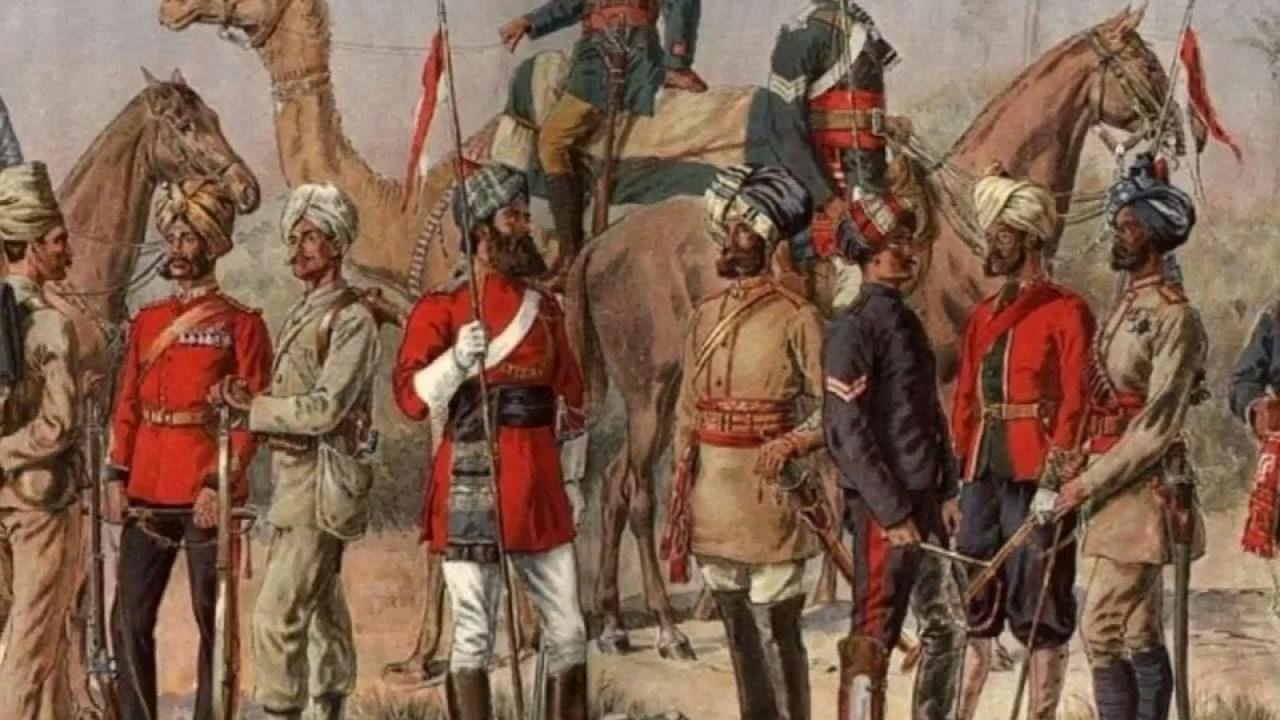Colonial Period in India: What Really Happened?
When you hear "colonial period" you probably picture red coats, railways, and a lot of coffee. It’s true – the British ruled India for almost two centuries, and the effects are still with us today. Let’s break down the big moments, everyday changes, and why this era still matters.
How British Rule Shaped Modern India
The British East India Company first set foot in the early 1600s as traders, but by the mid‑1800s they’d taken over large swaths of the subcontinent. They introduced a uniform legal system, built railways, and set up a modern postal service. Those rail lines, for example, linked far‑flung towns and helped move goods faster than ever – a boost for trade that still powers the economy.
On the flip side, they also imposed heavy taxes and pushed cash‑crop farming. Many farmers were forced to grow indigo, cotton, or tea instead of food, which caused famines that claimed millions of lives. The education system changed too: English became the language of administration, opening doors for a new class of educated Indians who later led the freedom fight.
Politically, the British created a centralized bureaucracy that replaced the patchwork of princely states. While this unified the country under one set of rules, it also erased many local customs and governance styles. The result? A mix of efficiency and loss of regional identity that the new nation had to reconcile after 1947.
Remembering the Colonial Legacy
Resistance grew as Indians realized how much they were losing. From the 1857 Sepoy Mutiny to Mahatma Gandhi’s non‑violent protests, the struggle for independence became a rallying point. These movements taught the world about civil disobedience and gave India a shared narrative of freedom.
Today, you can still see colonial architecture in cities like Kolkata, Mumbai, and Delhi – grand courthouses, railway stations, and hill‑top bungalows. Some folks love them as heritage sites, while others view them as symbols of oppression. The debate itself shows how the colonial period still triggers strong feelings.
Economically, the rail network, banking system, and legal codes laid down by the British gave India a solid foundation for growth. However, the extractive policies also left a uneven development pattern, with some regions benefitting more than others. Understanding that imbalance helps explain current economic challenges.
In everyday life, the English language, cricket, and even tea culture owe their popularity to that era. Whether you sip masala chai or watch a Test match, you’re part of a legacy that started under colonial rule.
So, the colonial period wasn’t just a distant chapter; it’s a mix of progress, pain, and paradox that still shapes the country. Knowing the facts helps you see why India looks the way it does today and why the conversation about its past never really ends.
Published on Jul 19
0 Comments
Life in British India was a blend of fascinating cultures, although marked by stark inequalities. The British brought advancements like railways, telegraph, and education, yet it was primarily for their benefit. Indians were subjected to high taxes and discrimination, driving many into poverty. Despite this, a fusion of British and Indian lifestyles brought about a unique societal evolution. It was a time of significant change, both progressive and regressive, that shaped the India we know today.
